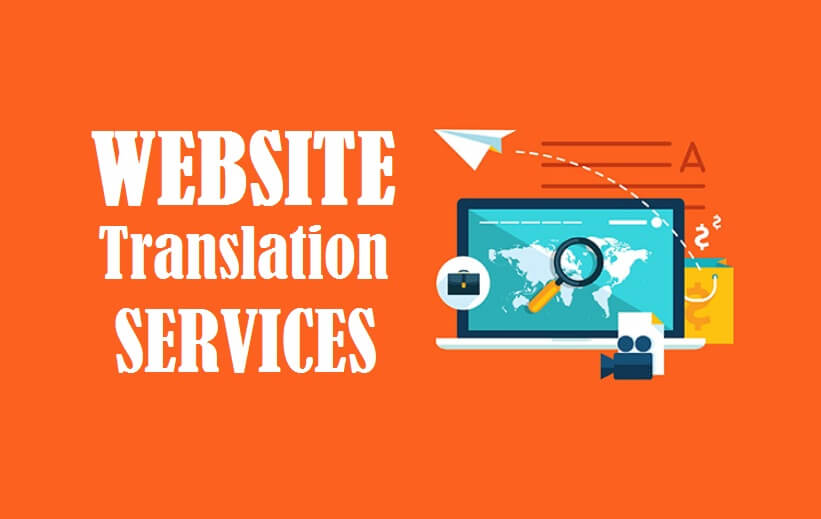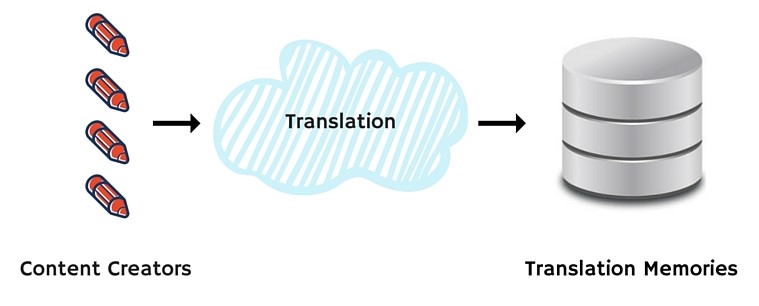The process of modifying an existing website to make it accessible, usable, and culturally appropriate to a target audience is known as website localization or website translation. More than one-third of all internet users are non-native English speakers, and Forrester Research found that visitors stay twice as long (site stickiness) if the website is in their native language. The benefits of website localization are obvious as businesses seek to expand into new markets, reach a global audience, and increase international sales.
Verbolabs time tested quality control localization process includes:
Analysis of Website Localization
The requirements specification, project engineering analysis, client-specific process definition, and scheduling will provide you with accurate costs and timelines for completing the scope of work.
Website Content Translation
Ensures that the website is translated in an appropriate linguistic and cultural manner. To ensure that the language used reflects the culture and society of the target audience, vocabulary, grammar, punctuation, style, and level of speech are all taken into account.
Layout and Site Navigation Localization
Translation frequently has an impact on the layout and may necessitate more or less space depending on the target country. When localizing a website, important considerations include the right to left, top to bottom, and which pages should be available.
Adapting Pictures for a Specific Audience
Pictures can convey both subtle and not-so-subtle cultural messages. Unknowingly, your company or product may convey negative connotations that irritate or even offend viewers. Images should be carefully reviewed and possibly adjusted to reflect positively on your company and messaging.
Symbol Localization
Symbols such as pictures can cause issues with localization. Western symbols can mean different things to different people around the world. When marketing abroad, it is common for fingers, houses, and animals to need to be altered. As part of the localization process, obvious items such as time and date display, measurement units, currency, numbering systems, and fonts are identified and formatted correctly.
Changing Colors to Fit Different Cultures
Colors, while not as important, can have cultural meanings that must be considered when localizing a website. Color selection can improve user acceptance and help to avoid hidden meanings. Pink, for example, represents “trust” in Korea, yellow, “nourishing,” and red, “purity” in China and India. Color selection does not always have negative consequences, but avoiding subtle unwanted meanings is always a good idea.
Testing and Quality Assurance for Localization
Language Scientific offers two different types of testing services. Our engineers perform functional testing to ensure that the localized site works exactly like the English version and that all links work properly. Linguistic testing will ensure that the translation is correct in context and that it is consistent across the website.
How can VerboLabs help you?
Here at VerboLabs, we, in essence, break down the barrier – that is language. We help companies increase their audience circle and bring in people from all over the world. Moreover, we also cater to large companies with massive amounts of content and large audiences. Our services enable brands in increasing their global market share and to be able to engage customers in local markets. So if you are looking at reaching out, engaging as well as supporting customers or prospects, we will support you with solutions that would span across platforms, devices, and channels.



